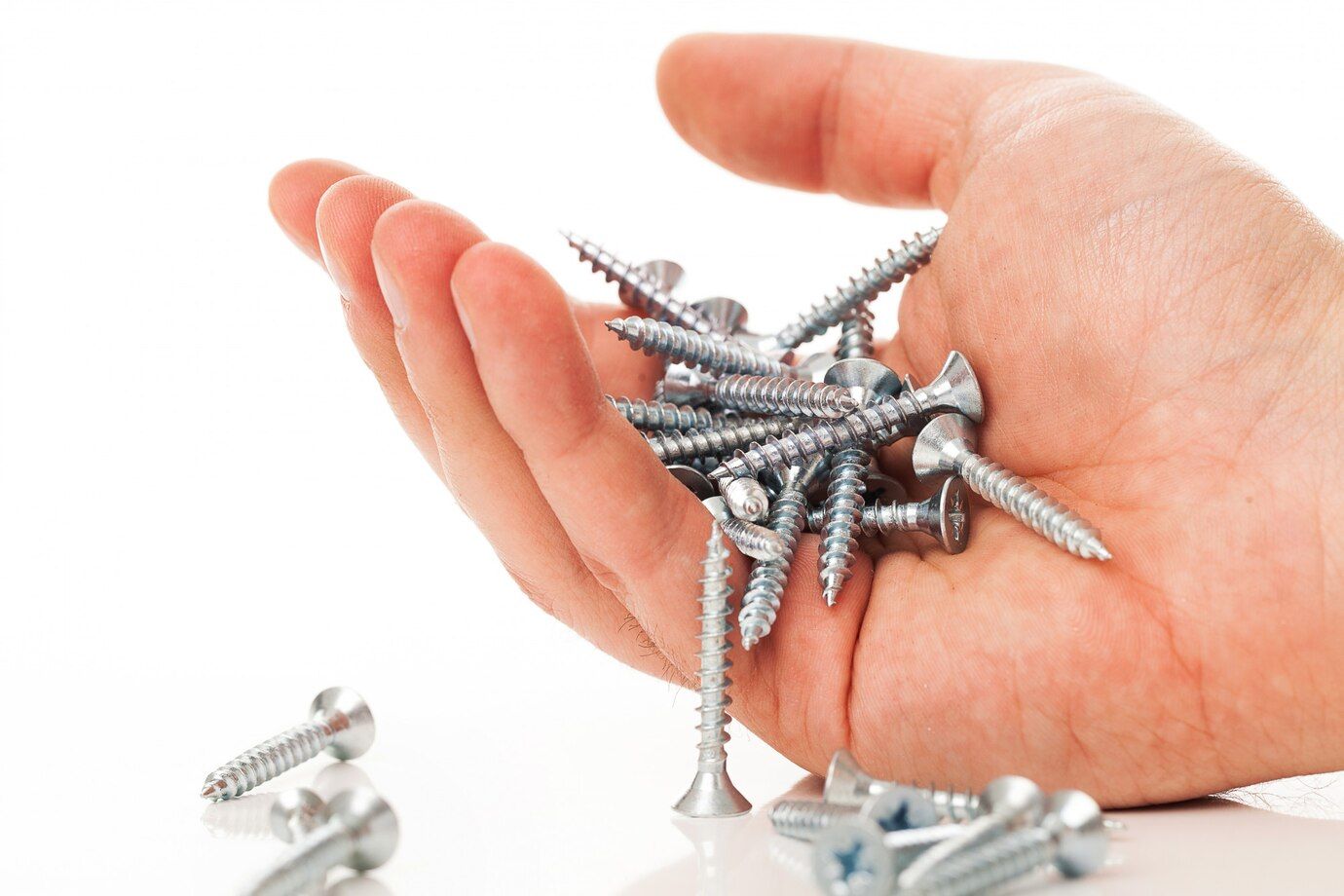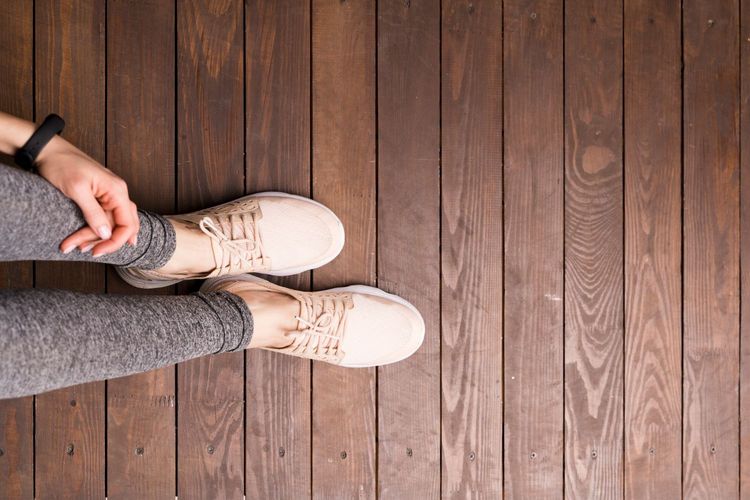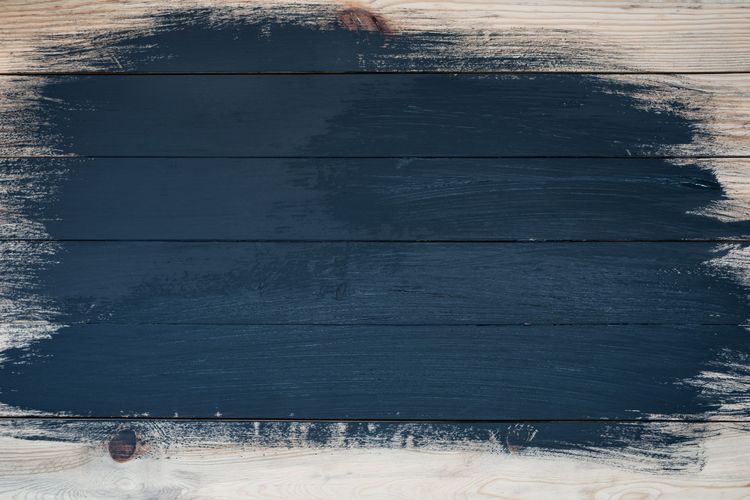Nails or self-tapping screws - the best way to fix a floorboard

When laying floorboards, it is important to choose the right fasteners to ensure the reliability and durability of the structure. One of the most common issues faced by craftsmen and homemakers is the choice between nails and self-tapping screws. Both options have their advantages and disadvantages, depending on the peculiarities of installation, type of wood and conditions of use of the floor. In this article we will consider in detail what is better to use - nails or self-tapping screws, and in what situations each of them will be more appropriate.
What is the difference between nails and self-tapping screws
The main difference between nails and self-tapping screws is in their design and method of attachment. Nails are stronger in terms of impact loads - they will not crack or break when exposed, making them a reliable choice for fasteners subject to deformation. However, installation using nails requires physical strength and care.
Self-tapping screws, on the other hand, are more convenient to install, especially when using a screwdriver. They allow you to fix the boards more accurately and easily without the risk of damaging the material, which makes them an excellent choice for careful work with wood.
Self-tapping screws
Self-tapping screws have a head with a Torx-type slotted socket, which ensures reliable engagement. The tapered part of the head has countersinked ribs that improve fixation. The threaded parameters optimally combine the ease of screwing in with the strength of the floor fixing. The cutter-shaped point prevents splintering and chipping of the wood. In addition, the outer coating has anti-friction properties, which makes floor installation much easier.
How to fix a floorboard
A floorboard can be fixed in a number of ways:
- Nailing;
- Screwed in with screws or universal self-tapping screws;
- Fasten with special self-tapping screws for the floor.

Self-tapping screws
Modern self-tapping screws for the floor are equipped with a head with a slotted socket of the Torx type, which provides a reliable fixation of the tool during installation. Countersinking ribs at the bottom of the head allow the self-tapping screw to easily sink into the wood, creating a neat and even fastening. The threads of the self-tapping screws are designed to combine ease of screwing in with a high strength connection. The cutter-shaped point helps to avoid splitting and cracking of the wood during screwing. The additional anti-friction coating on the screws makes installation easier and reduces the effort required to install the fasteners.
Installation steps
Before laying the floor covering, it is necessary to install the floor base - the floor joists, which can be made of lumber or thick planks. The joists are laid on a flat horizontal surface or on supports made of brick or concrete. It is important that the installation was carried out with precise alignment of horizontality, because the floor will experience significant mechanical stress during operation.
Insulation, such as mineral wool or other suitable material, is laid between the lags. On top of the insulation is covered with a waterproof film to protect against moisture and penetration of the insulation fibers into the room. Laying of tongue-and-groove boards starts from the wall with a gap of 10-15 mm to compensate for the possible expansion of wood during temperature and humidity changes. For an even gap along the entire length of the board, you can use auxiliary inserts, which will later be hidden by the skirting board.
Fixing the boards to the lags with self-tapping screws can be done in two ways:
- Screwing the self-tapping screws through the groove slot at an angle of about 45°.
- Screwing from the tongue and groove side at the same angle.
While both methods are effective, tongue-and-groove fastening is preferred because it allows a larger section of board to be gripped, resulting in a stronger connection. When laying the first board, the orientation depends on the fastening method chosen. If the self-tapping screws are screwed into the tongue and groove, the board is laid with the groove against the wall. The first board is fixed with self-tapping screws screwed into the front side, and the distance to the wall is selected so that the heads of the self-tapping screws are covered by the skirting board.
As the next boards are laid, a wooden board is used to tightly connect the elements. The gaps are eliminated with the help of wedges and auxiliary bars. This process continues until the last plank is laid, which usually requires trimming along and fixing with a fitting to fit tightly to the wall. The final board is fastened with self-tapping screws screwed in closer to the wall so that they can also be concealed with skirting boards.
Which to choose: self-tapping screws or nails for fixing floorboards?
When choosing between self-tapping screws and nails for fixing floorboards, it is important to consider the characteristics of each fastener. Nails are suitable for quick installation and cope well with impact loads, but over time the floor may start to squeak due to loosening of the fasteners. Self-tapping screws, on the other hand, provide a stronger and longer-lasting connection due to their deep fixation and tight fit between the boards, which prevents squeaking.
A combined approach is often the most effective: nails can be used for temporary fixing and self-tapping screws for the main fixing. This will help speed up the installation process and guarantee the durability of the floor.



